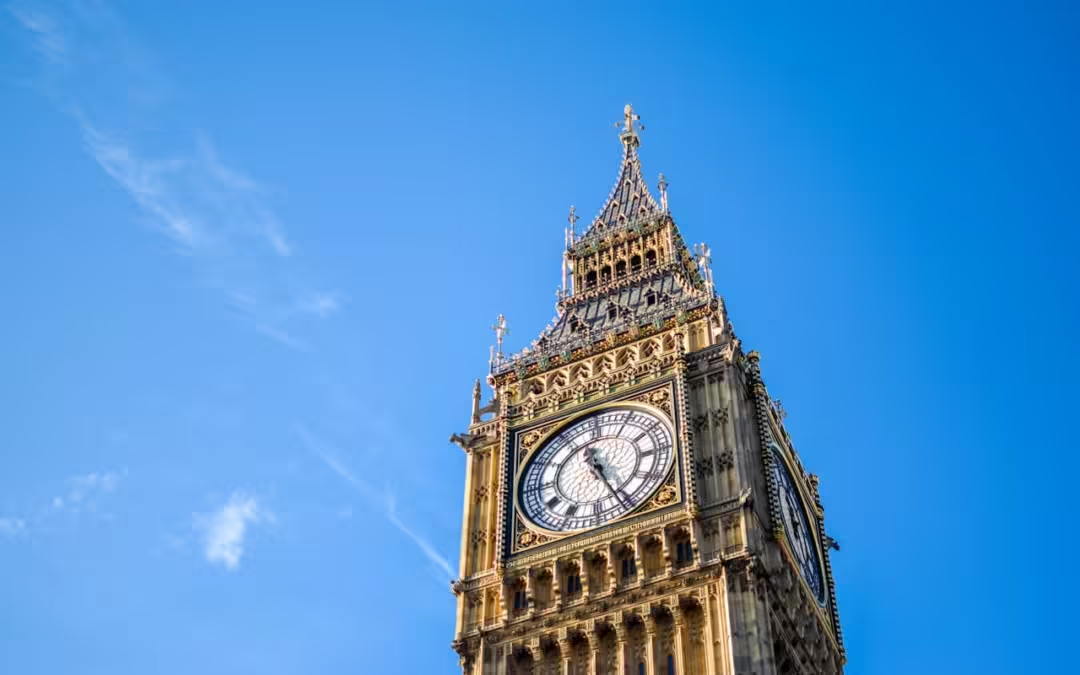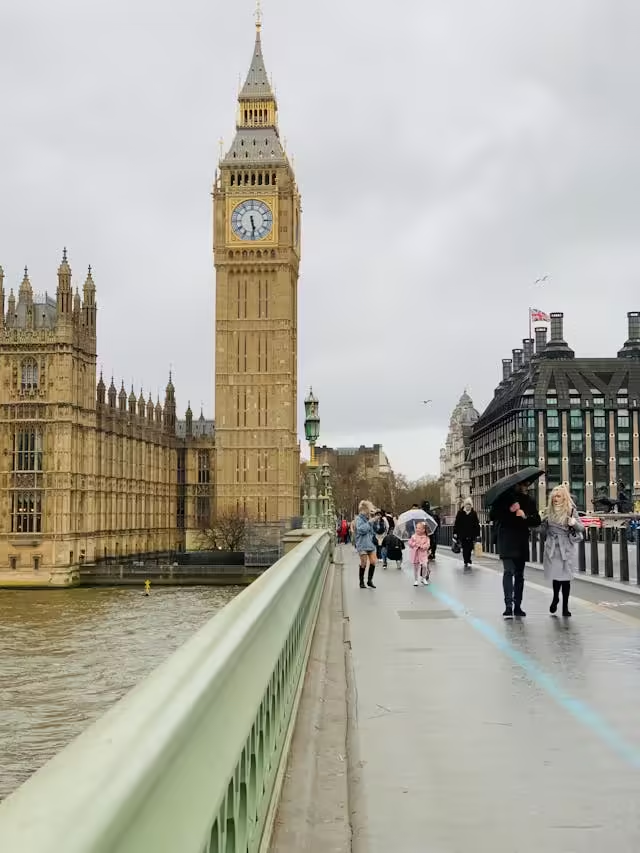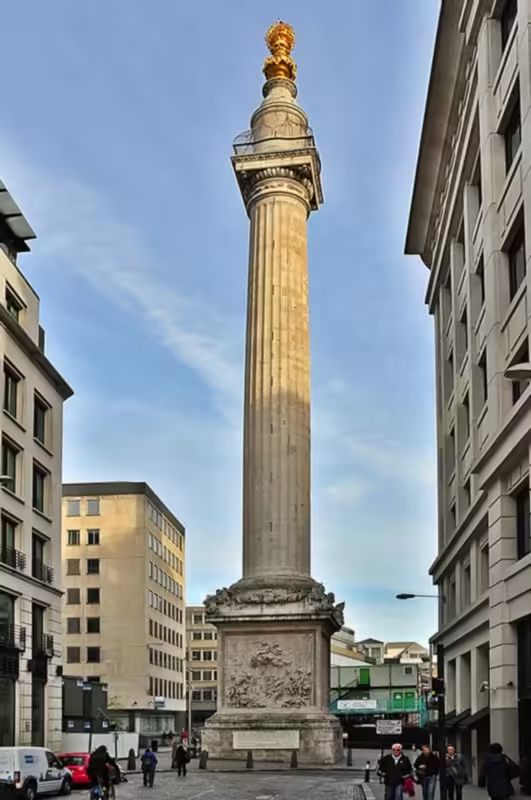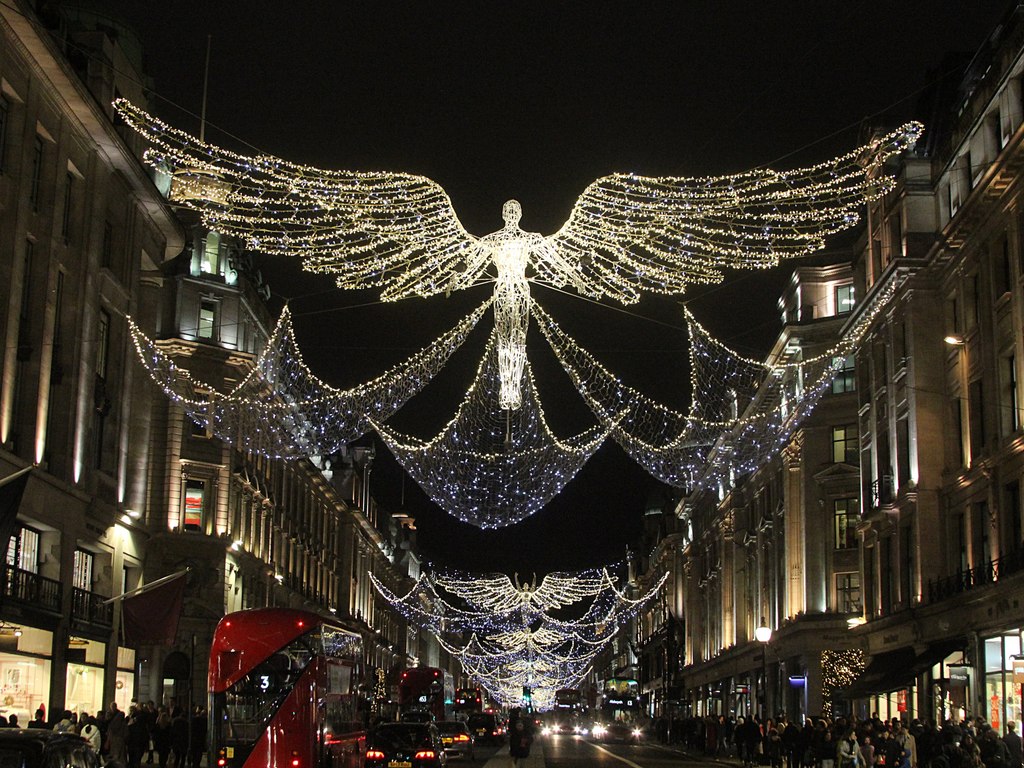
The Royal Mews – A Glimpse into Royal Travel
Visiting The Royal Mews is like stepping into a chapter of royal history. Tucked behind Buckingham Palace, this working stable houses an extraordinary collection of carriages, coaches, and iconic vehicles used by the British Royal Family.
On a sunny day, I wandered through its elegant grounds, eager to uncover the stories these grand vehicles hold. As the soft sound of hooves echoed, I imagined the royal processions that had graced these cobblestones over centuries.
The Grand Coaches
The first thing that caught my eye was the Gold State Coach. This breathtaking carriage, gilded in shimmering gold leaf, is a masterpiece of craftsmanship. It’s been used for every coronation since 1821. Standing before it, I felt a sense of awe—this wasn’t just a mode of transport; it was history on wheels.
Another favourite was the Diamond Jubilee State Coach. A blend of tradition and modern engineering, this coach features air conditioning and electric windows. It’s a fascinating mix of the past meeting the present, reflecting the monarchy’s evolution.

Modern Touches: Royal Cars
The Royal Mews isn’t just about carriages. It also showcases the luxurious cars used for state occasions. From sleek Rolls-Royces to vintage Bentleys, these vehicles ooze sophistication. Each car tells a story of its role in significant royal events.
I learned that some cars even come equipped with discreet technology for security purposes. It’s amazing to think about the planning that goes into ensuring every royal journey is both grand and safe.
Meeting the Royal Horses
No visit to the Royal Mews is complete without meeting the Windsor Greys and Cleveland Bays, the horses responsible for pulling these majestic carriages. The staff explained how these horses are trained and cared for with utmost dedication.
Watching the horses, I felt a connection to the tradition they embody. They’re not just animals; they’re an essential part of royal ceremonies.
Visitor Tips
Before leaving, I stopped by the souvenir shop to pick up a miniature replica of the Gold State Coach—a perfect memento of my visit. If you plan a trip, be sure to check the schedule for guided tours. They offer deeper insights into the collection and behind-the-scenes glimpses of life at the Mews.
Why Visit The Royal Mews?
Whether you’re a fan of royal history or simply love intricate craftsmanship, The Royal Mews offers a unique peek into Britain’s regal traditions. Walking among these carriages and cars, you can’t help but feel the weight of history—and the magic of royal travel.











